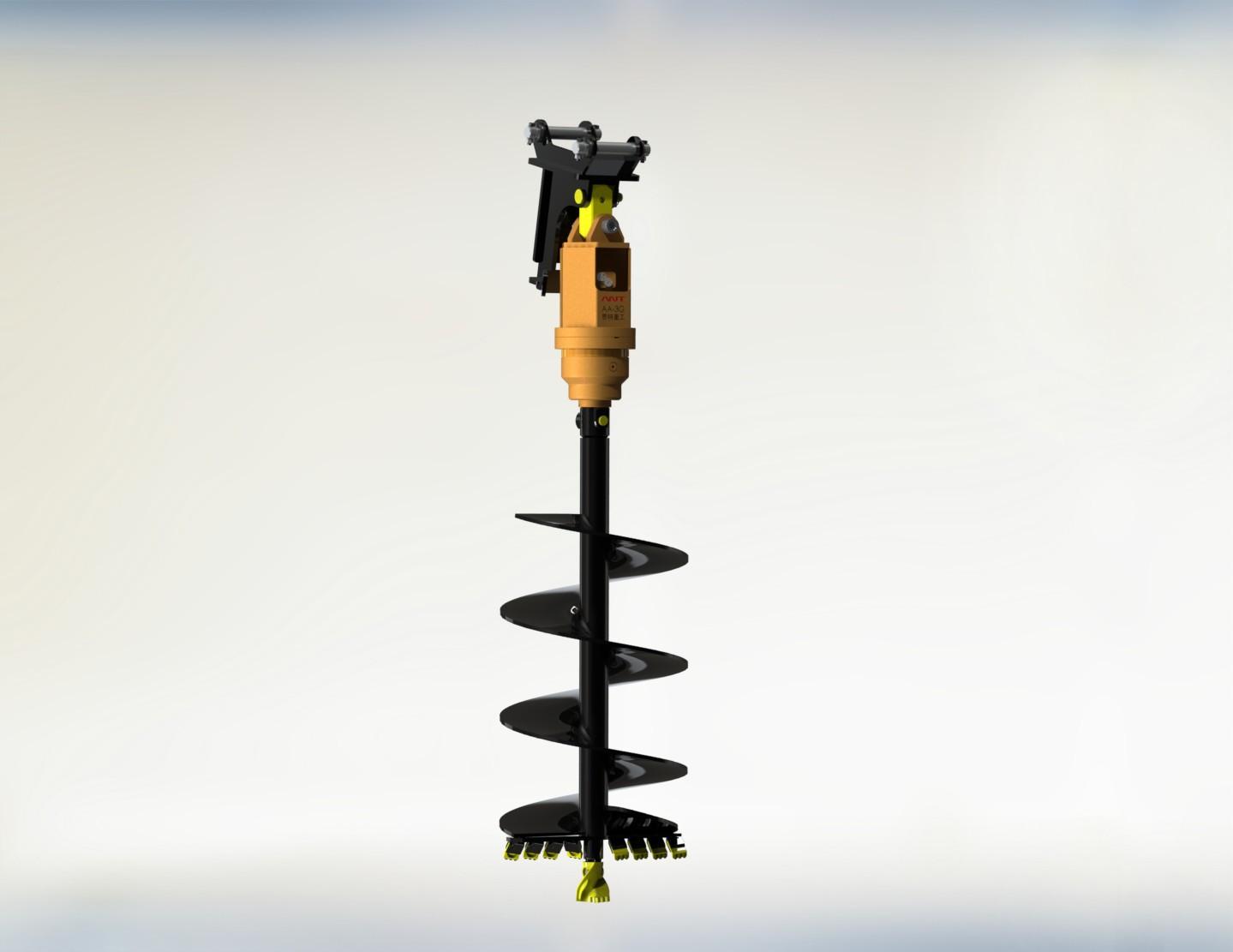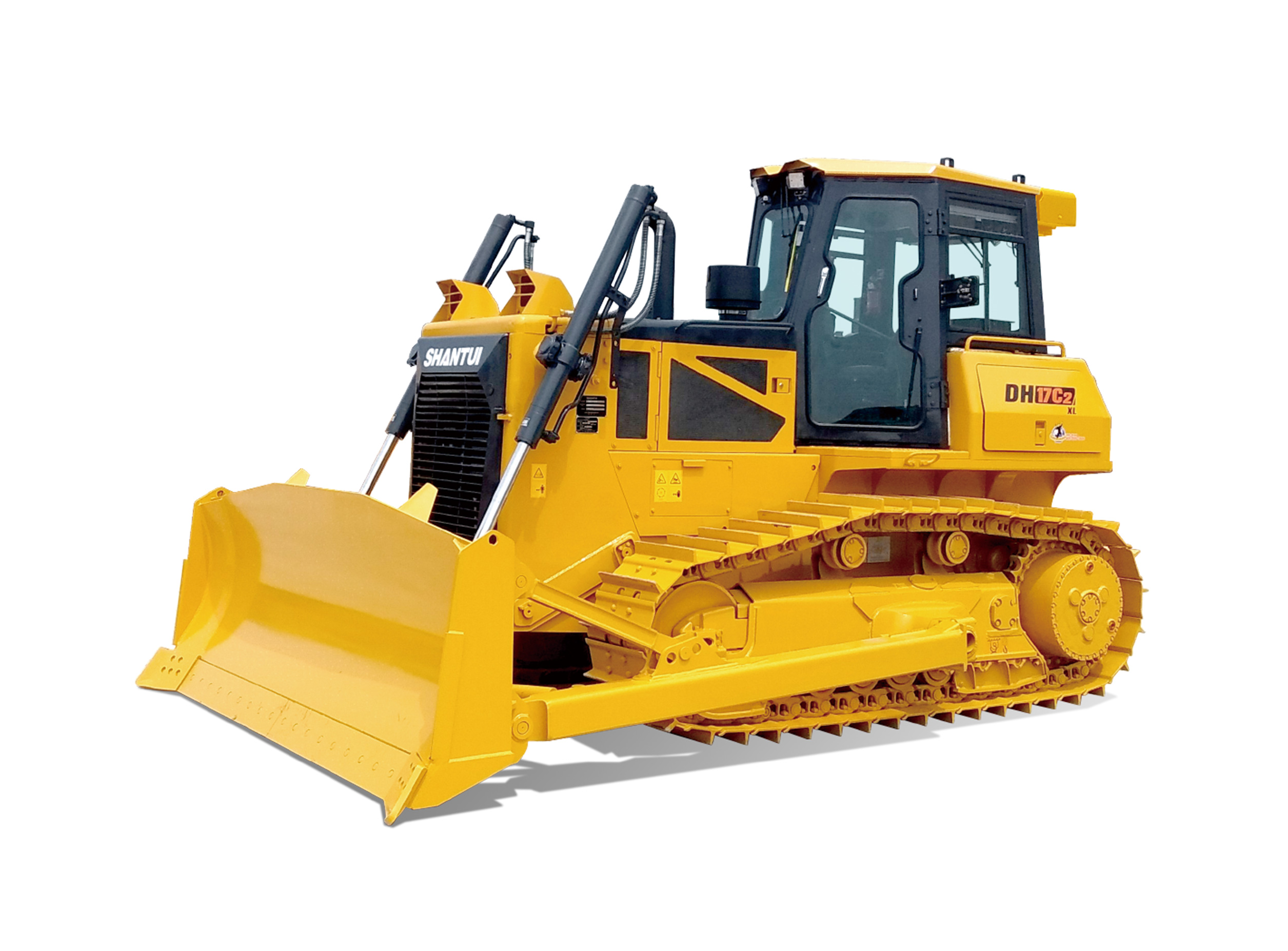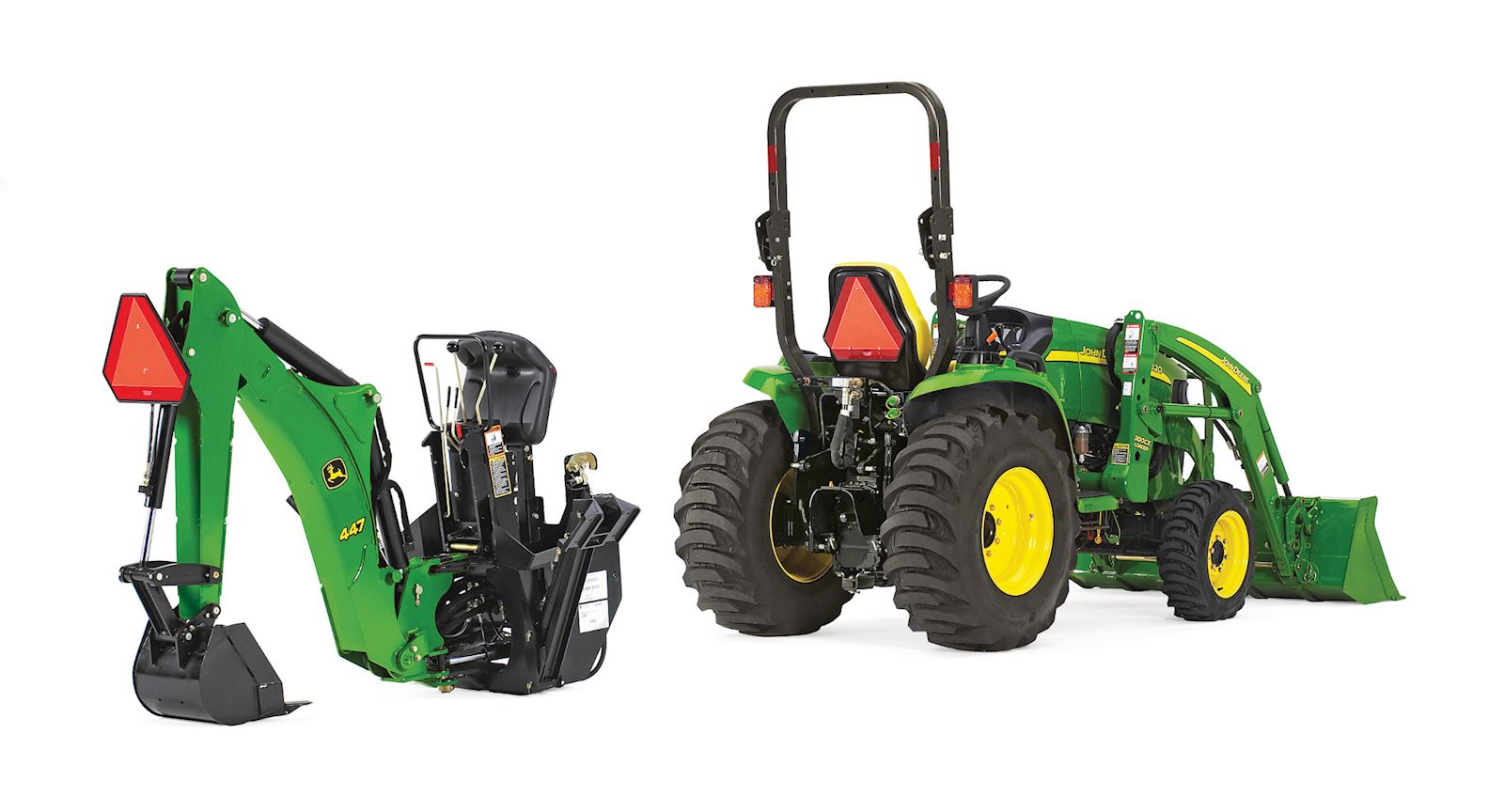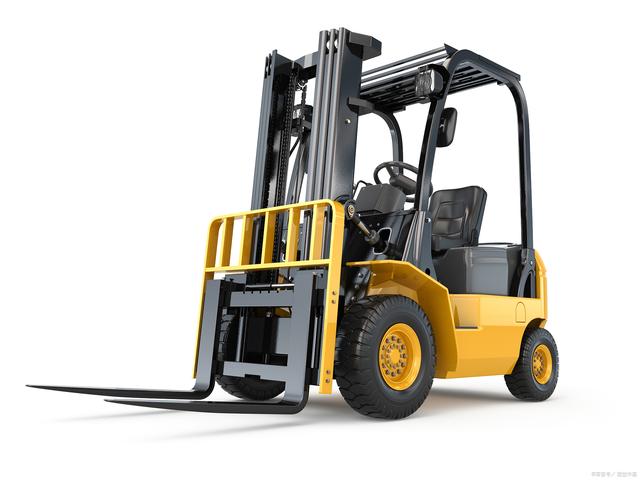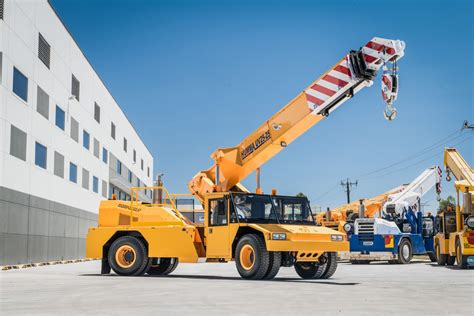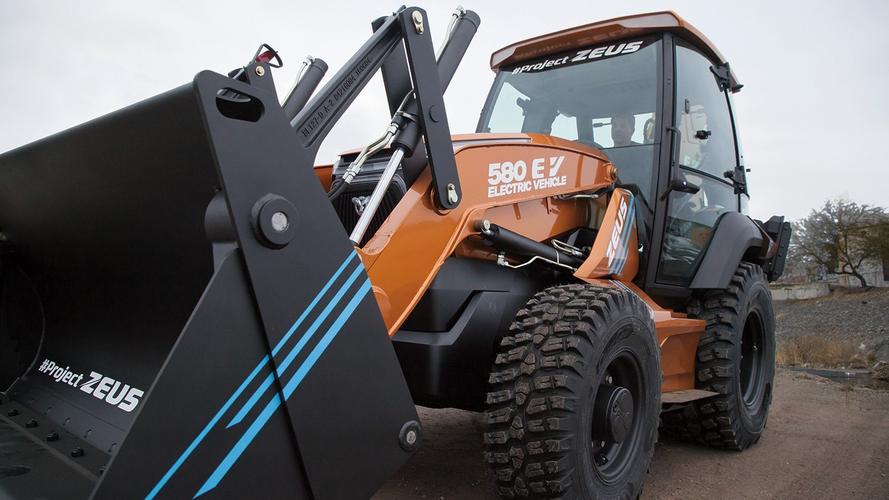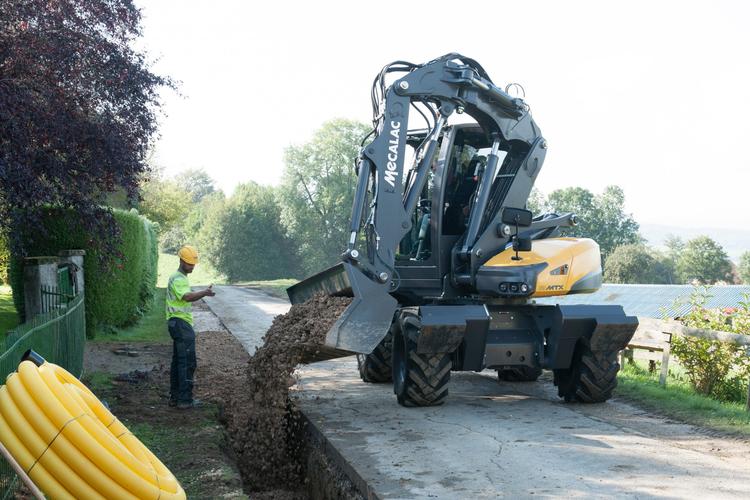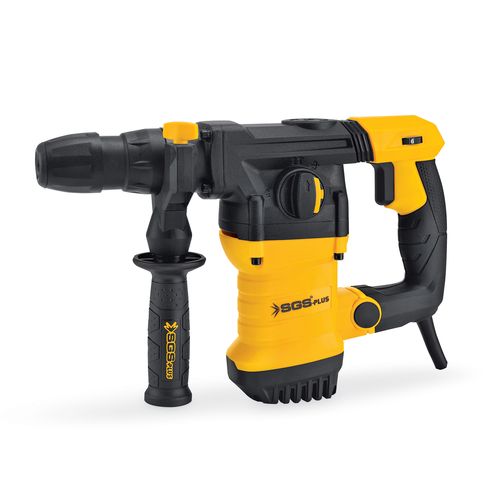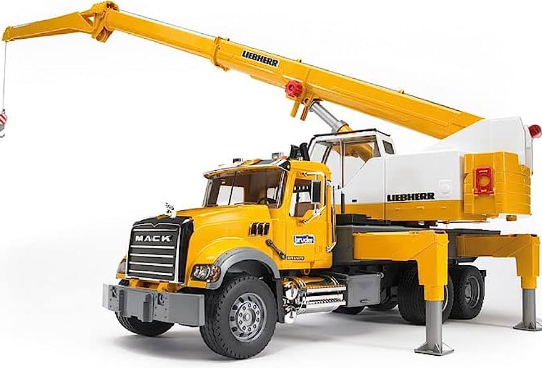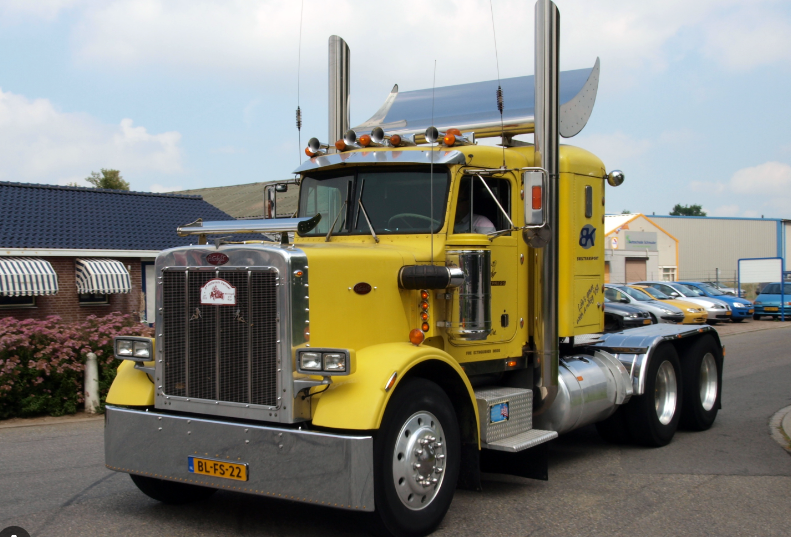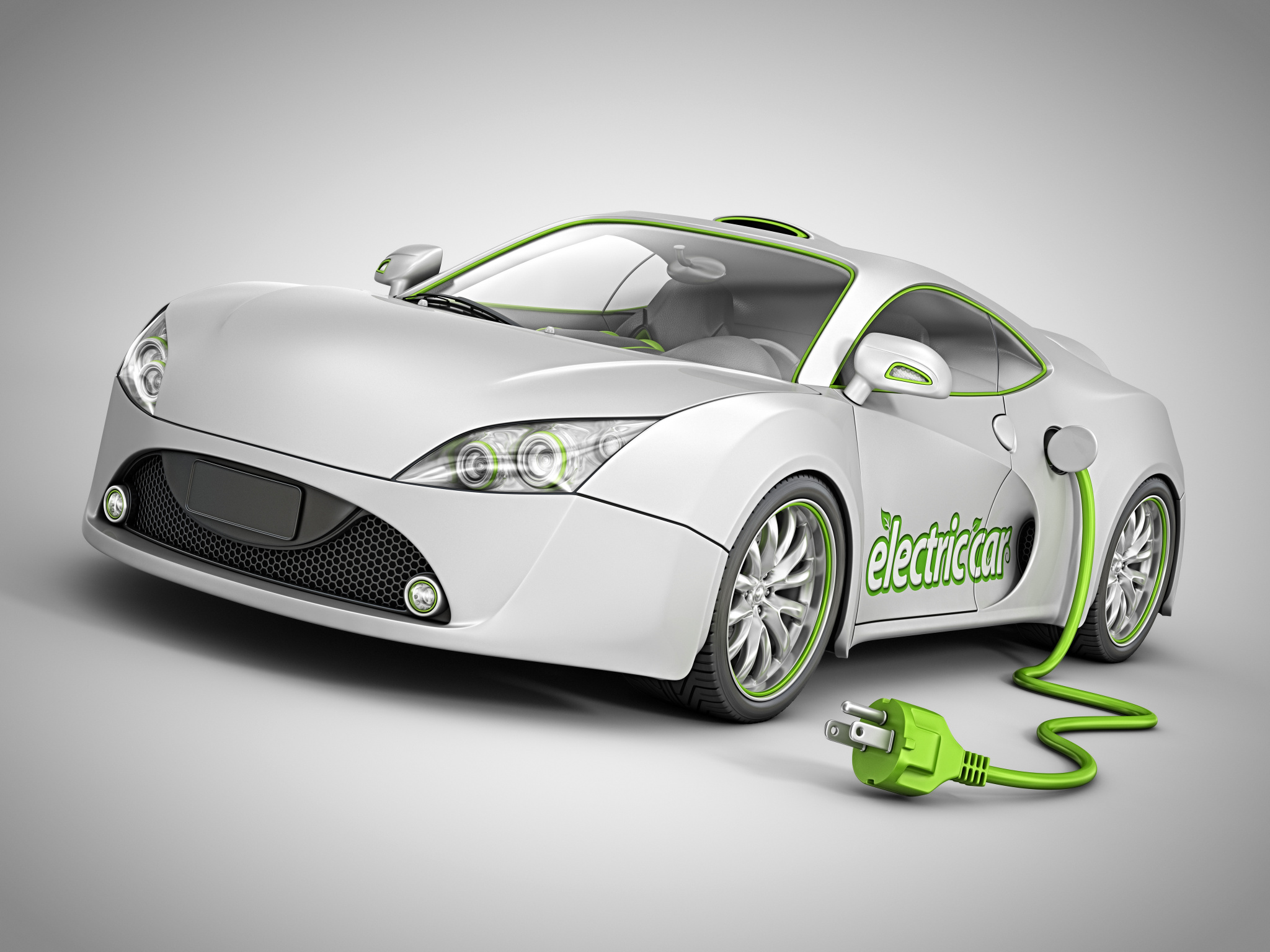Crane accidents can have catastrophic consequences, resulting in injuries and even fatalities. In the construction industry, crane accidents are not uncommon, but they are preventable. According to the Occupational Safety and Health Administration (OSHA), crane accidents are generally caused by operator error, mechanical failure, or poor planning. In this article, we discuss the most common types of crane accidents.
Overloading
One of the most common types of crane accidents is overloading. This occurs when the crane lifts more weight than it can handle, exceeding its weight capacity. Overloading can cause the crane to tip over or collapse, resulting in severe injuries or fatalities. To prevent overloading accidents, it is essential to ensure that the crane is equipped with the correct weighing equipment and load charts. Proper planning and communication between the crane operator and the team working on the ground can also help prevent overloading.
Electrical Hazards
Another common type of crane accident is electrical hazards. Working with cranes near power lines increases the risk of electrocution. The crane operator must ensure that the boom or extension does not come into contact with power lines or other electrical sources. The area must also be properly marked to prevent unauthorized personnel from entering the hazard zone.
Mechanical Failure
Mechanical failure is another common type of crane accident. Malfunctions can occur due to worn-out or defective parts, poor maintenance, or operator error. Common mechanical failures include hydraulic leaks, broken cables, and faulty brakes. Regular inspections and maintenance can help prevent mechanical failures, but if a failure occurs, it is essential to stop using the crane immediately and address the issues before continuing operations.
Overturning
Overturning is a severe crane accident that occurs when the crane tips over on its side. Overturning accidents can be caused by overloading, unstable soil conditions, and improper setup. To prevent overturning accidents, it is essential to ensure that the ground is level and stable. The crane should also be set up to prevent tipping, and the operator should remain within the load chart limits.
Conclusion
Crane accidents can be fatal and have catastrophic consequences. These accidents are often preventable and can be avoided by proper planning, communication, and training. The most common types of crane accidents are overloading, electrical hazards, mechanical failure, and overturning. To prevent crane accidents, it is essential to follow safety regulations and guidelines and ensure that crane operators are adequately trained and equipped with the proper tools and knowledge to perform their jobs safely.
"
